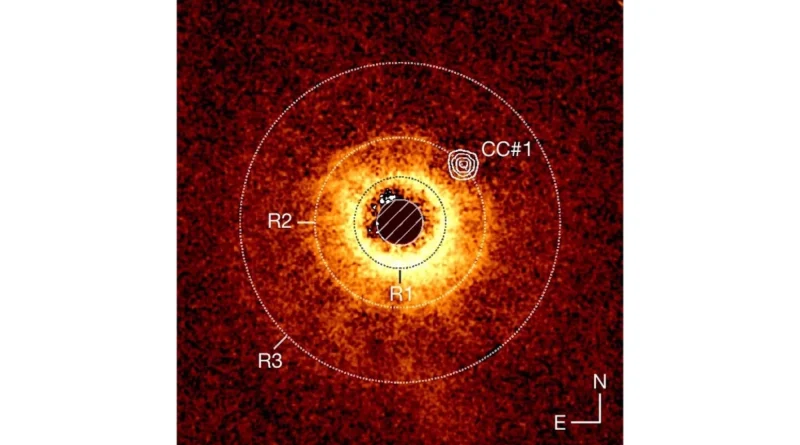James Webb Discovers Its First Exoplanet
After three years of astronomical research, the James Webb Space Telescope (JWST) has discovered its first new planet.
The exoplanet, which has been named TWA 7b, is located in the constellation Antila. It is reported to have the lowest mass of all exoplanets discovered outside the solar system. The age of this planet is estimated at several million years, and TWA 7b may weigh 100 times more than Earth.
The telescope discovered TWA 7b in the debris rings surrounding the low-mass star CE Antilae: the latter is located 111 light years from Earth. The debris ring, which is also called a protoplanetary disk, faces the Earth with its plane, which gives astronomers an excellent angle for observations. On this disk, divided into three rings, James Webb was able to detect a source of infrared radiation: using computer modeling, scientists found out that the radiation is emitted by a young exoplanet.
JWST is an ideal tool for detecting young, low-mass planets like TWA 7b that emit infrared light, which is what the $10 billion space telescope is most sensitive to. Direct imaging of these planets is difficult because of the glare from their host stars. By blocking out that glare, James Webb is able to detect the faint infrared light of exoplanets.




